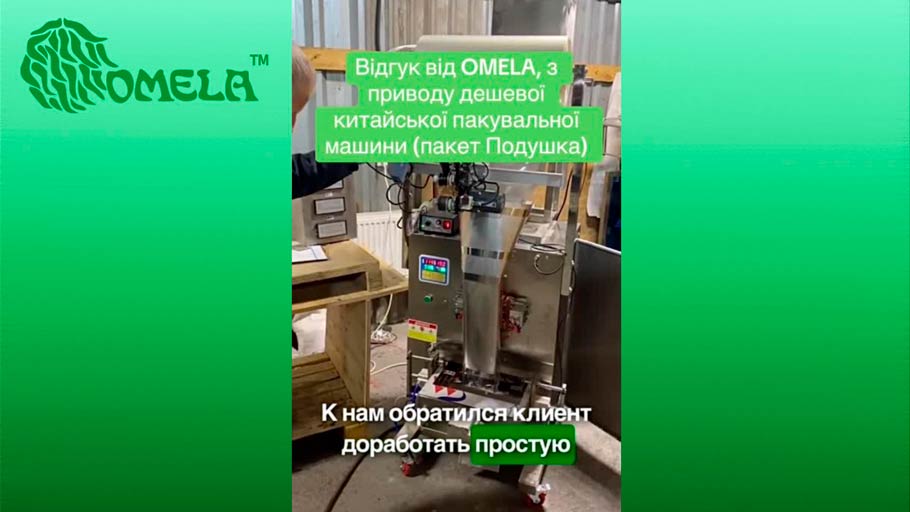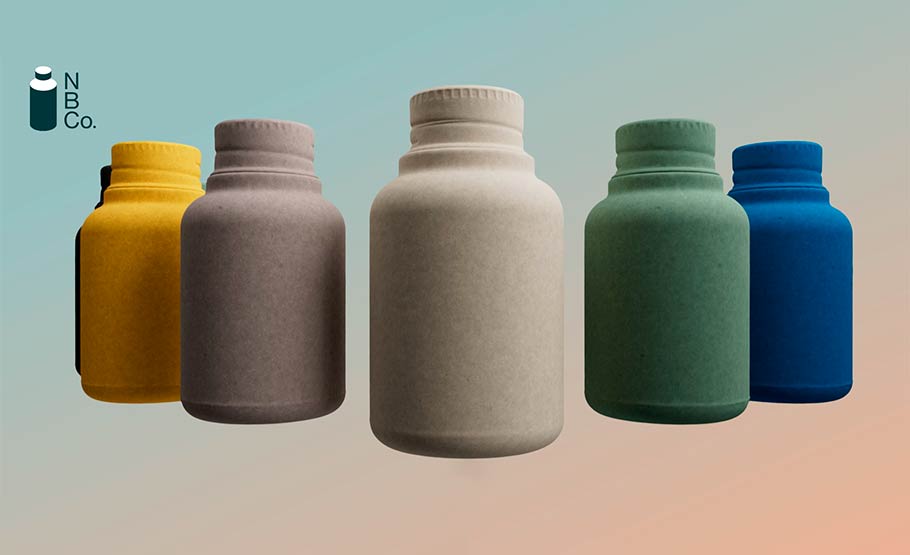
Personally, we first heard about a paper bottle back in 2021. And we immediately told you about it. At that time, this direction was just beginning to develop, but it was already quite promising. Over the past almost four years, several large companies working in this direction have achieved good results. However, they have not yet been able to achieve complete liberation of the bottle from plastic.

We have already written about paper developments by Mondi more than once. This time they also pleased us with something interesting. In cooperation with Proquimia, they released dishwasher capsules packed in a paper bag.
Sometimes our managers hear the phrase “Why are yours so expensive? I could buy two packaging machines from those guys for the same money!” And I don’t even want to explain for a long time why we don’t want to sell “such” equipment. But recently we were asked to configure a cheap “noname” packaging machine. So we can show by example why cheap things later become very expensive.
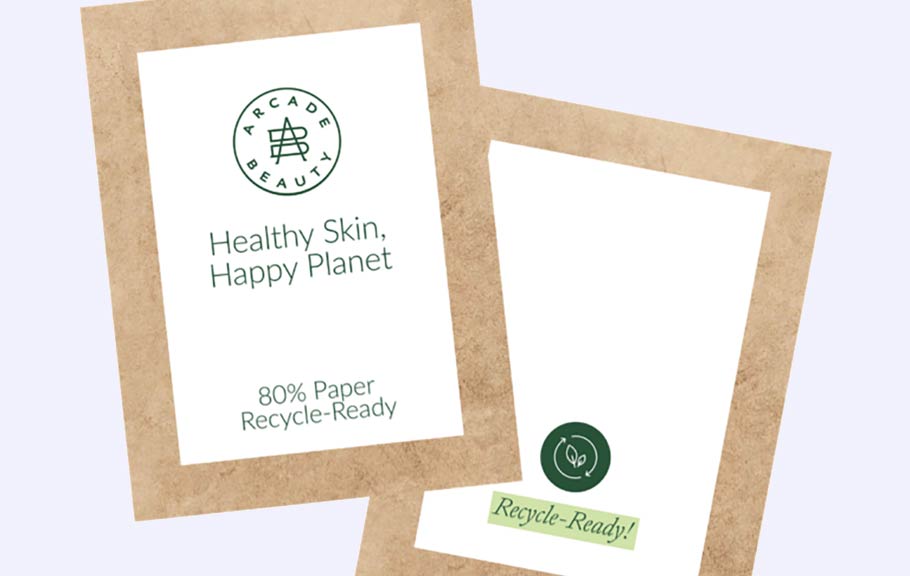
Samples of cosmetic products are quite common and widely used. Or rather, they are not even exactly samples, but rather single-use portions of almost any cosmetic product. These are sachet-type bags that are immediately thrown away after use. The ratio of product volumes to packaging in this case is not about ecology at all. But it turns out that not everything is hopeless here.

We have already written about the adoption of this Regulation, which introduces at the level of law both normative indicators for the use and recycling of various types of packaging, as well as many definitions, conditions for labeling and collection. We strongly recommend that everyone who is in any way connected with packaging read its text (we will provide a link at the end of the article). Because the law affects not only packaging produced within the EU, but also all goods imported there.
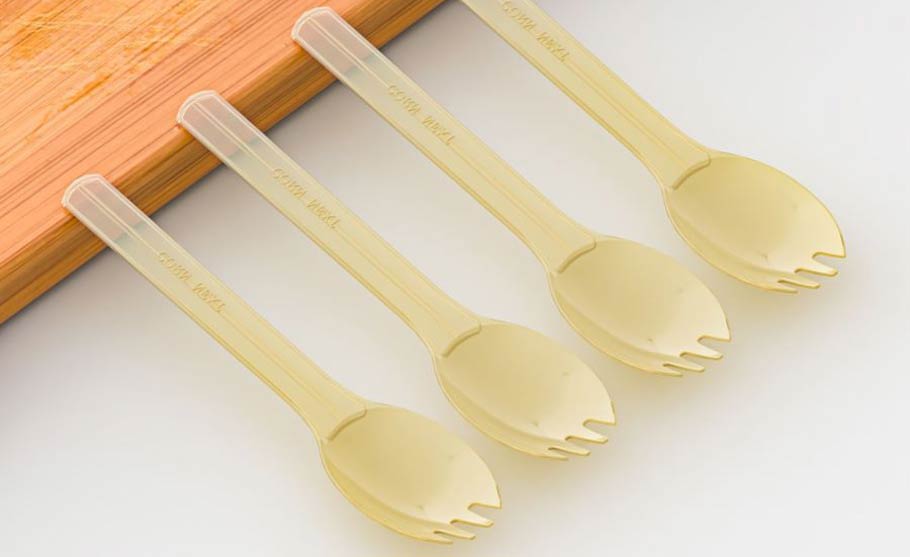
It may sound too fantastic, but for several years now we have been witnessing how fantasy becomes reality. This is what is happening in this case.
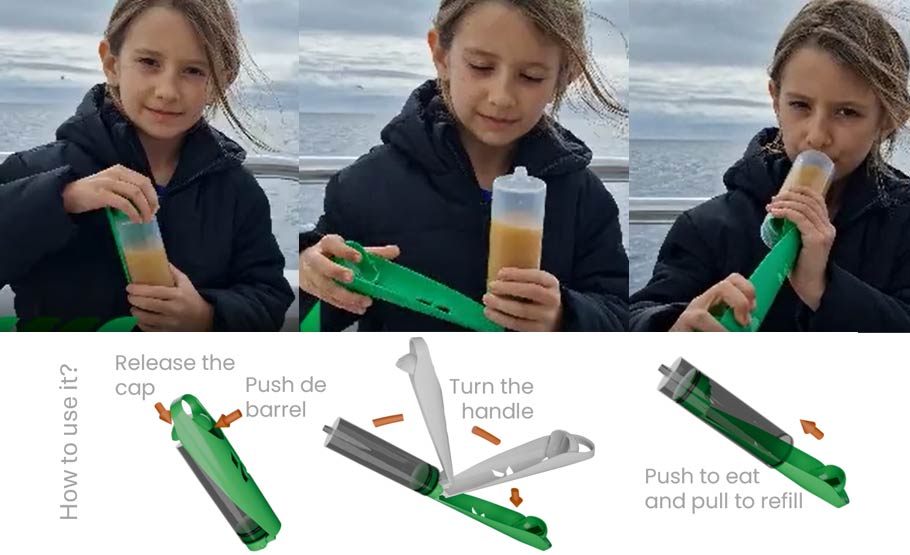
Fruit puree and yoghurts are a very convenient and healthy snack on the run, but the packaging for this is far from convenient. And the packaging is most often disposable, which creates too much temptation to throw it away right after use. That is, there is a problem: it is useful, but not convenient and not environmentally friendly. However, sooner or later, a solution is found for any problem.


